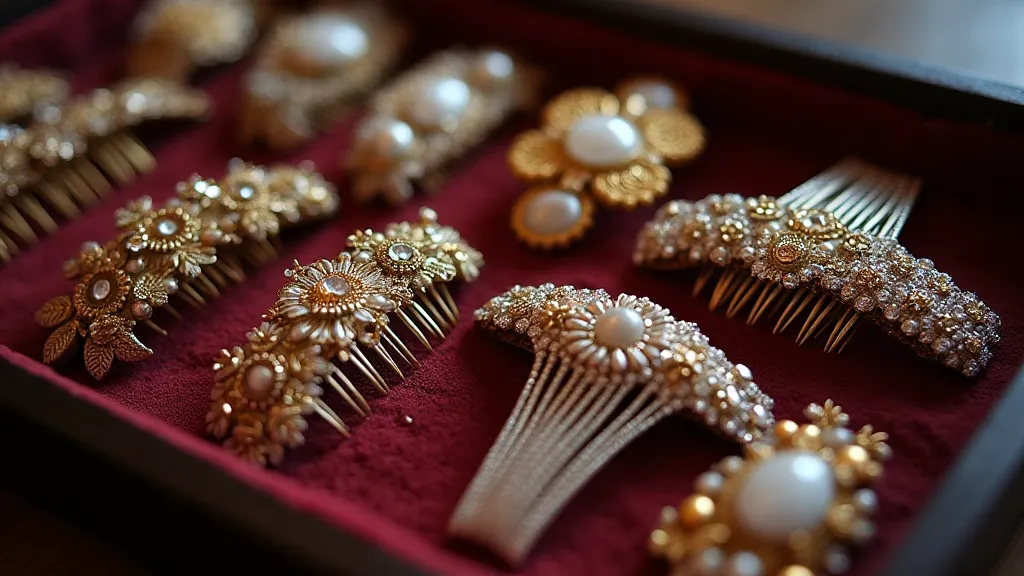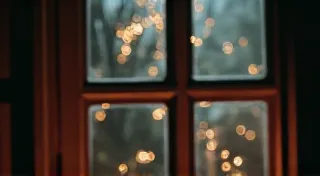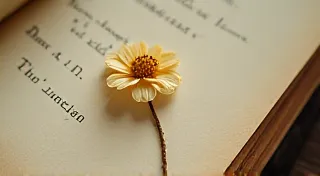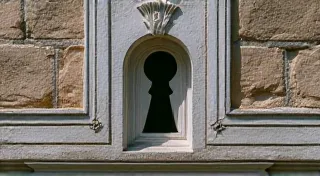The Comb as Constellation: Mapping Family Histories Through Heirloom Pieces
There’s a quiet magic held within the curve of a vintage hair comb. It’s not the shimmer of embedded jewels, though that certainly contributes; it's something deeper, a resonance of hands that once held it, of hairstyles long gone, and of lives lived with grace and purpose. A hair comb, particularly one passed down through generations, transcends its function as a simple accessory. It becomes a constellation – a collection of memories, a tangible link to ancestors, and a miniature museum of personal history.
We often think of grand portraits and faded photographs as the primary keepers of family lore. Yet, the everyday objects that surrounded our forebears – a chipped teacup, a worn quilt, a delicate hair comb – can often whisper more intimately about their lives than any formal record. These objects were not just possessions; they were extensions of the people who used them, imbued with their habits, their aesthetics, and their stories.
The Language of Hair and Adornment
Consider the hairstyles of the past. The elaborate Gibson Girls updos of the late 19th century demanded meticulous grooming and a carefully chosen arsenal of hair accessories. The sleek, bobbed styles of the 1920s called for art deco-inspired combs, often featuring geometric patterns and luxurious materials like Bakelite or mother-of-pearl. The victory rolls and pin curls of the 1940s relied on sturdy, functional combs, often made of tortoise shell or horn. The way a woman styled her hair was a form of communication, a statement of her place in society and her personal style.
A hair comb wasn’s just a practical tool. It was an act of self-expression, a declaration of femininity, and a reflection of prevailing fashion trends. Knowing the period a comb originates from—simply by examining its style—provides instant insight into the cultural landscape of that era. The materials used - celluloid, bone, horn, silver, gold—also tell a story about the owner’s status and access to resources. A comb crafted from silver speaks of a family that valued refinement; one of horn might have belonged to a more practical, working woman.
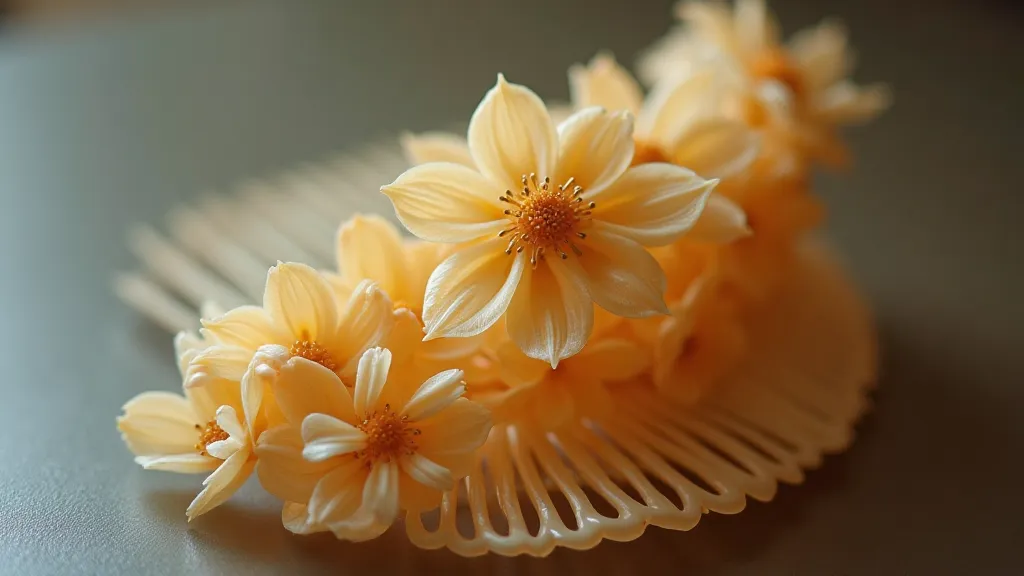
My Grandmother’s Comb: A Silent Storyteller
I inherited a single hair comb from my grandmother, Clara. It’s a simple thing, really - made of dark brown horn, with a slightly chipped edge. It’s not particularly valuable in the traditional sense. But for me, it's priceless. I remember seeing it as a child, nestled amongst her trinkets on her dresser. She would often use it to smooth down her grey waves, a gesture both practical and imbued with a quiet dignity. I never asked her about it; I simply accepted it as one of the silent constants of her presence.
After she passed, my mother handed it to me. "It belonged to your great-grandmother," she said, her voice thick with memory. “She wore it to her wedding. And then, she wore it every Sunday to church.” Suddenly, this unassuming comb transformed. It wasn's just an object; it was a witness to births and deaths, celebrations and sorrows, the everyday rhythms of a life fully lived.
Holding the comb now, I imagine my great-grandmother, a woman I never knew, carefully arranging her hair, securing the comb with a gentle click. I picture her attending church, feeling the weight of community and tradition. I imagine her passing it down to my grandmother, who in turn, passed it to me. It’s a lineage of adornment, a chain of connection that stretches across generations.
Craftsmanship and Collecting
The craftsmanship evident in many vintage hair combs is truly remarkable. Before the rise of mass production, each comb was often meticulously handcrafted by skilled artisans. The intricacy of the designs, the quality of the materials, and the attention to detail speak to a level of dedication that’s rarely seen today.
Collecting vintage hair combs isn’t solely about acquiring beautiful objects; it’s about appreciating the artistry and the history behind them. While elaborate, jeweled combs of the Edwardian era might command significant prices, even simpler, more utilitarian combs can hold immense value—both monetary and sentimental. Many excellent, functional combs were produced for ordinary women, often overlooked by collectors prioritizing opulence.
When acquiring vintage combs, there are a few things to consider. Celluloid, a popular early plastic, is prone to cracking and discoloration. Tortoise shell combs, made from the shells of sea turtles, are increasingly rare and protected. Identifying the material and age of a comb can be challenging, but there are numerous online resources and collectors' forums that can provide assistance. Restoration should be approached with caution; a skilled conservator can clean and stabilize a comb, but aggressive repairs can diminish its historical integrity.
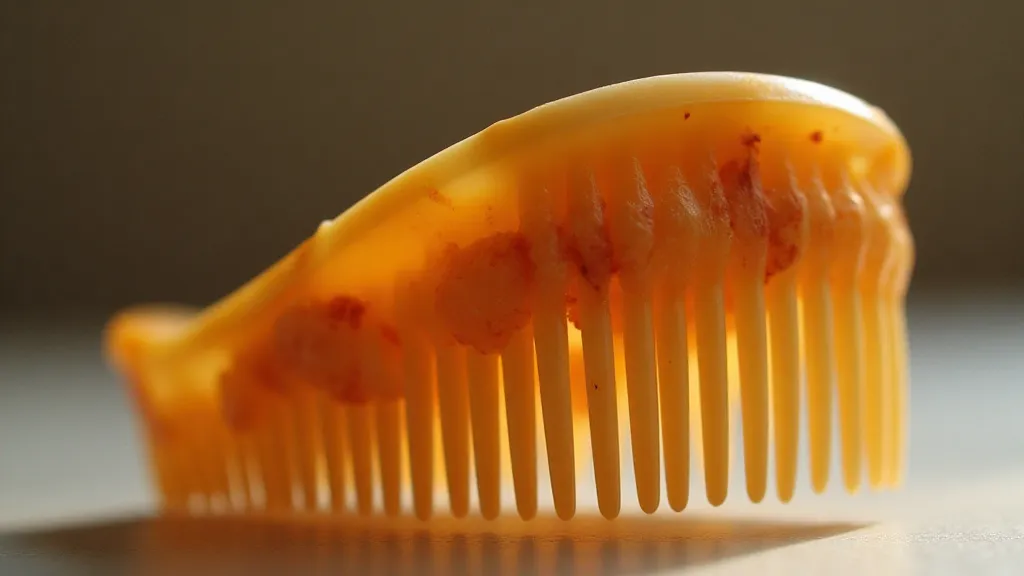
More Than Just an Accessory
As the pace of modern life accelerates and our connections to the past often feel tenuous, objects like vintage hair combs offer a powerful antidote. They provide a tangible link to ancestors, a reminder of the lives they led, and the traditions they cherished. They invite us to slow down, to appreciate the beauty of craftsmanship, and to connect with a world that existed before our own.
Perhaps the greatest joy of collecting vintage hair combs isn’t simply in owning them, but in imagining the stories they hold. Who wore this comb? What occasions did it grace? What was life like for the woman who held it in her hand?
A hair comb, after all, is more than just an accessory. It’s a constellation – a tiny, glittering map of family history, waiting to be explored.
